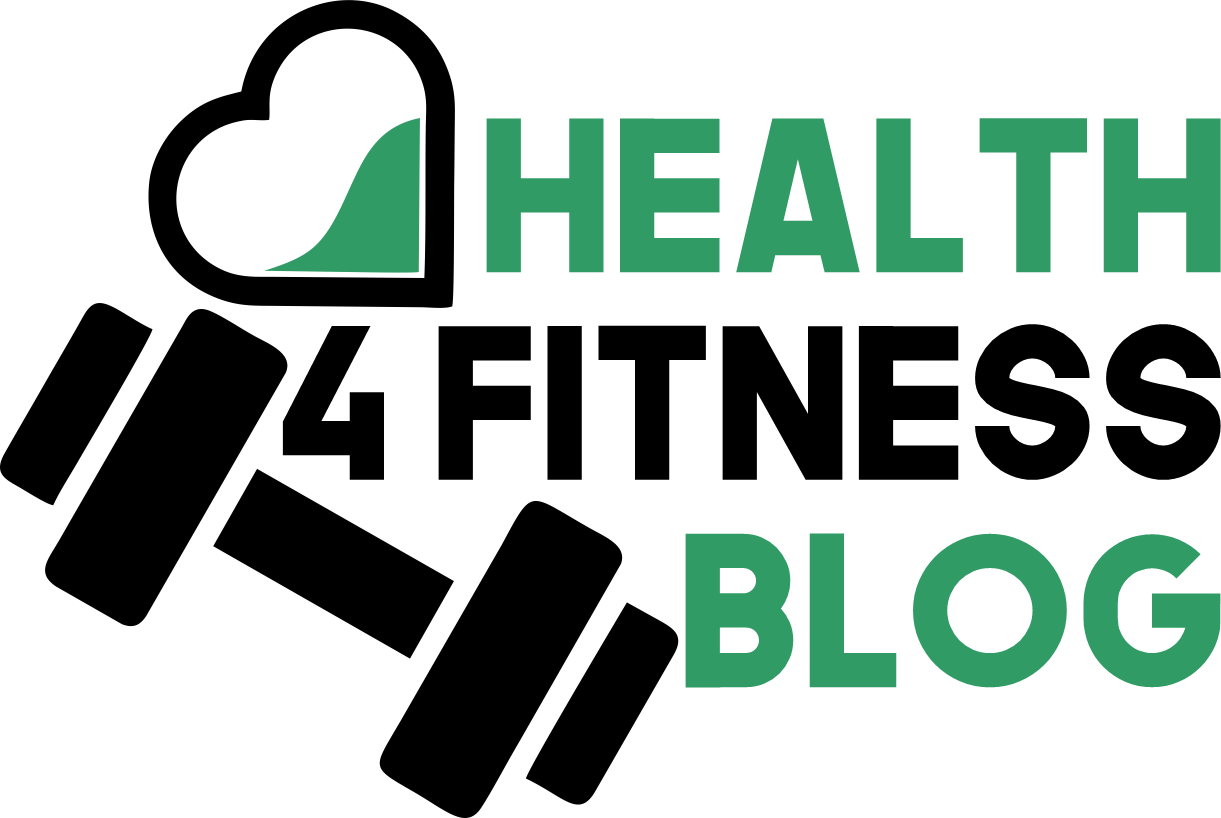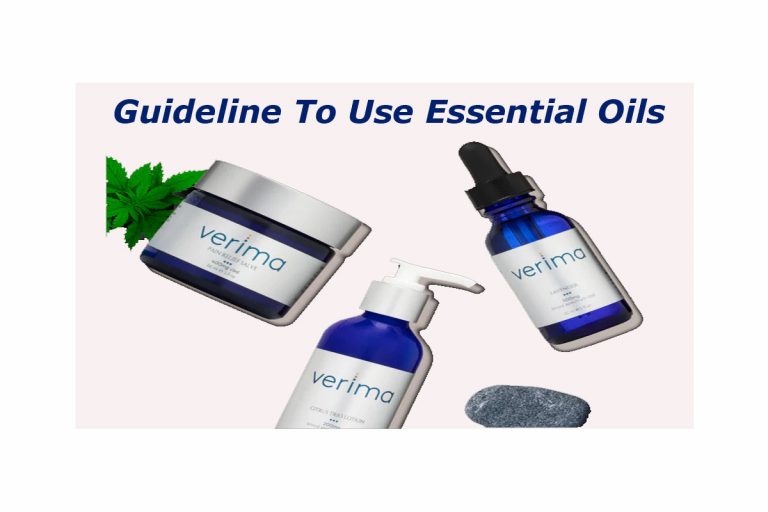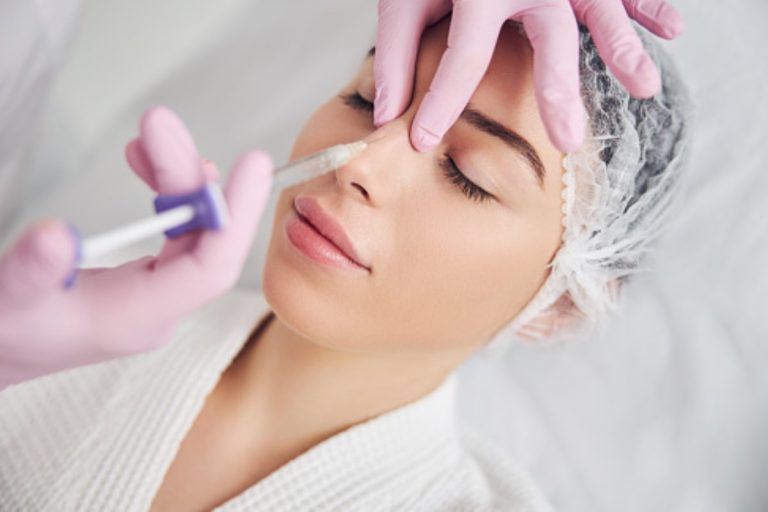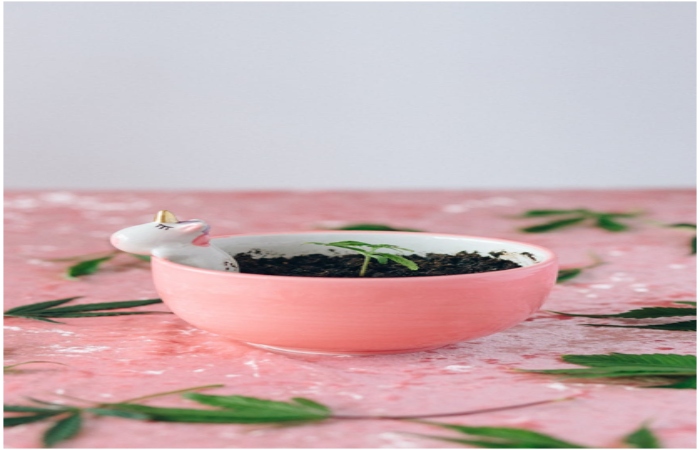Tummy tuck surgeries are the most effective way to transform your profile and enhance your aesthetic. It is generally preferred by patients looking for drastic slimming around the waist. A tummy tuck can change your life, allowing you more motion of range and the ability to exercise and engage in regular activity.
Table of Contents
What Is Tummy Tuck Surgery?
A tummy tuck surgery is a cosmetic procedure designed to firm, smooth, and contour the abdomen. During the procedure, a surgeon removes excess fat and skin while tightening abdominal muscle for a more defined waistline.
Why Are Tummy Tucks Necessary?
People gain excess weight around the abdomen leading to sagging skin that does not snap back after a weight loss journey. An enlarged stomach can hurt a patient’s self-esteem. It can also affect their daily life because mobility is limited; most people can’t tie their shoes or take a proper bath. Other factors that can enlarge the stomach include aging, pregnancy, abdominal surgery, and genetics.
What Are the Various Types of Tummy Tucks?
Tummy tuck techniques your plastic surgeon will use vary depending on the amount of excess skin. Some types of tummy tucks include:
- Full tummy tuck
- Non-surgical tummy tuck
- Mini tummy tuck
- Extended tummy tuck
- Fleur-De-Lis tummy tuck
- Drainless tummy tuck
- Tummy tuck/liposuction
How Is Tummy Tuck Performed?
The first step in a tummy tuck is the administration of anesthesia. The patient can choose intravenous sedation and general anesthesia. If you can’t choose, your doctor will advise on the best anesthesia for you. The second part of the surgery is making incisions. The amount of excess skin determines the size and shape of the incision.
Once the excess skin is lifted, underlying muscles are tightened. Some patients require an incision around the navel to access excess skin on the upper abdomen. Once the skin is pulled down, a new belly button hole is created, and both incisions are closed.
How Soon Can You See the Results?
Two weeks after a tummy tuck, you must be able to stand up and examine the initial results of your tummy tuck. The full results may not be visible until three to six months after the procedure, so it is important to exercise patients.
Who Is a Good Tummy Tuck Patient?
Good tummy tuck patients include anyone who needs to lose excess skin around the waist for various reasons. However, it is also advisable for the patient to be in good health and to have a realistic approach to the tummy tuck results.
How Long Does Tummy Tuck Procedure Last?
A tummy tuck procedure usually takes about three hours from start to finish. Some patients may need longer than this if they have more than the usual excess amount of skin.
Post-Operative Care for Patients
Immediately after the tummy tuck, the patient should expect swelling, tenderness, soreness, and some pain level. The incision points may have drains attached to aid in draining the wounds. Patients are advised to stay on their backs during the recovery period.
After two weeks, the patient is allowed to move and gently ease into regular activities. So Strenuous activities should be avoided for a few months.
Tummy Tuck Q&A
Does a tummy tuck leave scar tissue?
Yes, tummy tucks leave scars where the incisions were made. They are usually not visible when fully clothed. The larger scar goes across the waist below the bikini line, while the other is around the belly button.
How much will a tummy tuck cost?
A tummy tuck usually costs around 11,500 dollars, depending on the level of care and the complexity of the surgery.
Will my insurance cover my tummy tuck?
No, most insurance covers do not pay for a tummy tuck surgery because it is considered elective.
How long does tummy tuck recovery take?
A tummy tuck recovery can take the patient half a year. However, the first three months are the hardest as the patient heals from the procedure and experiences limited mobility. After six months, the patient can begin regular exercise and other strenuous activities.
What possible risks and complications can occur after a tummy tuck?
Complications after a tummy tuck are rare, especially when performed by a board-certified tummy tuck surgeon in a reputable clinic. However, few patients experience infection, numbness, fluid accumulation, bleeding, deep vein thrombosis, and cardiac or pulmonary complications. Patients that follow the doctor’s instructions and take good care of their bodies after a tummy tuck rarely get any complications. Some patients get a nurse to stay and take care of their incisions, feeding, cleaning, and exercise for the first few weeks.
How can I prepare for a tummy tuck?
The first thing to do is stop smoking and drinking alcohol. The doctor may also advise you to stop taking some medications, so you must disclose any medication you take. It is also important to have a healthy lifestyle to maintain a stable weight.










